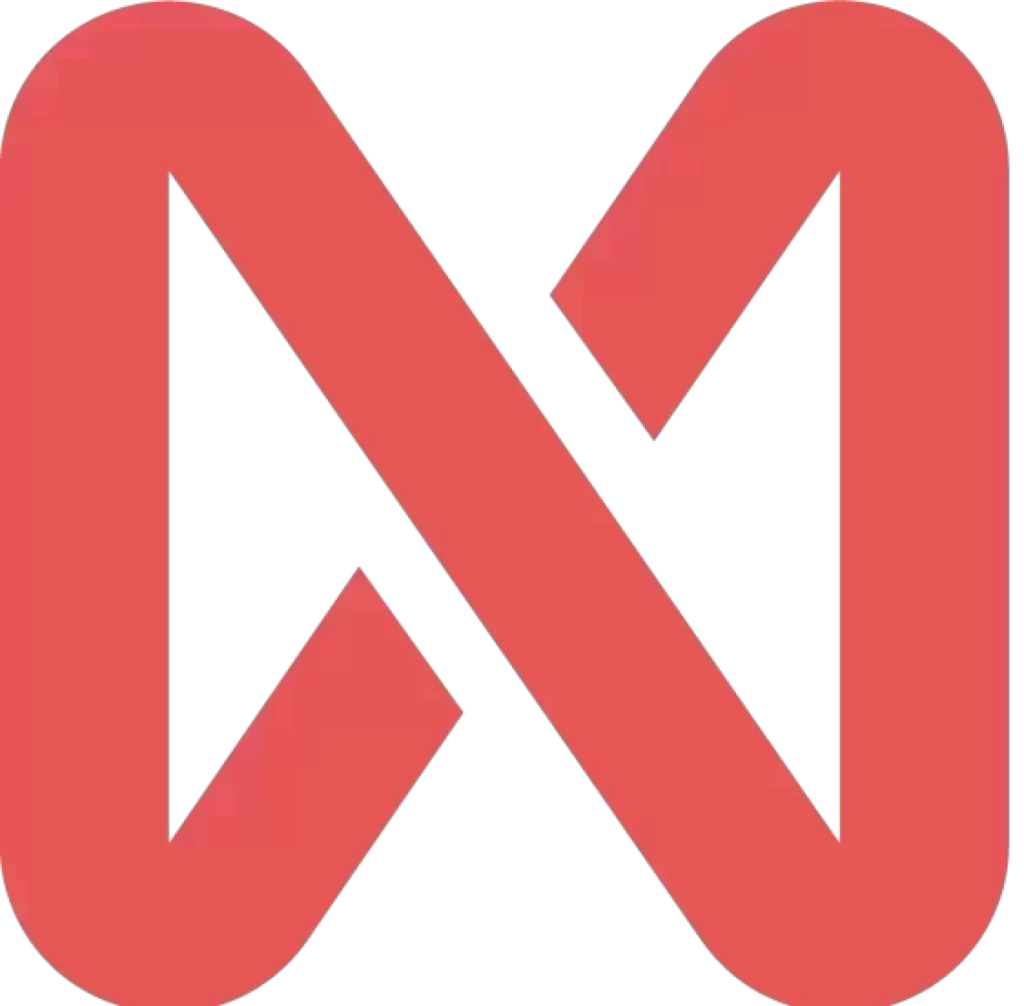Anyone working in tech knows that the programming language chosen for a web project directly affects its performance, scalability, security, development time, and even maintenance costs. And with so many options available, it’s common to ask: what’s the best language to build a website or system?
In this context, there’s no one-size-fits-all answer. It all depends on the type of project, the company’s goals, and the team that will bring it to life. Some languages shine on the front end, others stand out on the back end, and some work well in both.
According to the Stack Overflow Developer Survey (2024), 65% of developers say they choose languages based on the type of application they’re building, there’s no universal solution.
But if there’s one thing that truly makes a difference, it’s having a team that knows when to use each one, like the professionals at NextAge. Here, we master all the key languages used in web development and know how to turn them into efficient and scalable solutions.

Front End: The Languages Behind What Users See
The front end is the visual part of your website or system. It’s what the user sees, clicks on, and interacts with. Behind that experience are three core languages that form the foundation of any web application:
HTML
HTML is the foundation of every web page. It’s not exactly a “programming language,” but rather a markup language used to structure website content. With HTML, you define headings, paragraphs, images, links, forms, tables, everything the user sees.
Without HTML, a web page simply wouldn’t exist. It’s the framework on which everything is built.
CSS
CSS is what brings structure to life. It controls the visual design, colors, fonts, sizes, spacing, animations, responsiveness, and more.
Want a button to turn blue when hovered over? Or a page that adapts to mobile? CSS makes it happen. It works alongside HTML, separating content from presentation, which makes layout customization and maintenance easier.
JavaScript
JavaScript adds interactivity and behavior to web pages. It powers sliders, dynamic menus, form validation, API interactions, real-time updates, and even full applications inside the browser.
And it’s not just in the browser, JavaScript also runs on the server side (via Node.js), enabling developers to use the same language on both front and back end.
Today, it’s nearly impossible to build a modern web app without JavaScript. That’s why it’s one of the most popular languages in the world. According to W3Techs (2025), JavaScript is used on 98% of all websites, proving its dominance on the front end.
If you’re aiming for a modern, responsive, user-focused interface, the right front end starts with the right language, and the right team, like NextAge’s.

What About the Back End?
The back end is the invisible engine that makes everything work. It holds databases, business logic, automated processes, authentication systems, in short, everything “behind the scenes” that ensures your website or system runs smoothly.
Here are the most popular back-end languages:
JavaScript (Node.js)
Yes, JavaScript is also a back-end language, thanks to Node.js, a platform that lets you run JavaScript on the server. With it, you can build everything from simple APIs to real-time web apps like chat systems or dashboards.
Node.js’s biggest advantage is allowing the same language across the entire stack, which boosts productivity and reduces rework. It’s lightweight, fast, and scalable, ideal for modern applications that demand high performance.
Companies like Netflix, Uber, and PayPal use Node.js precisely for this combination of speed and efficiency. Today, around 42% of professional developers use Node.js, according to the JetBrains Report (2024).
Python
Easy to write, easy to read. Python stands out for its clean and straightforward syntax, which accelerates development and simplifies system maintenance.
On the back end, it’s widely used with frameworks like Django and Flask, which help build full-featured web apps quickly and securely.
It’s also the go-to language for AI, machine learning, automation, and data analysis, making it ideal for projects that go beyond basic CRUD operations.
PHP
It may seem old-school, but PHP still powers 76% of all websites with active back ends, according to W3Techs. It’s behind popular platforms like WordPress, WooCommerce, and Magento.
With modern frameworks like Laravel, PHP has evolved significantly, offering better security, performance, structure, and ease of maintenance.
It’s a solid choice for corporate websites, blogs, e-commerces, and mid-sized systems that need fast results without sacrificing robustness.
Java
Java is synonymous with stability and reliability. It’s widely used by large enterprises, banks, public institutions, and systems that require high scalability, availability, and security.
With frameworks like Spring Boot, developers can create modern APIs and web applications focused on modularity and testing.
Java shines in long-term, mission-critical projects where consistency and uptime are non-negotiable. It’s not the fastest language for prototyping, but when it comes to heavy-duty systems, it delivers.
C# (.NET)
C# is the main language of Microsoft’s .NET platform. It’s widely used in corporate environments, offering an excellent balance of performance, productivity, and security.
With ASP.NET Core, you can develop REST APIs, websites, and full web systems compatible with Linux, Windows, and cloud services like Azure. C# is highly integrated with the Microsoft ecosystem, which is a big plus for companies already using tools like Outlook, SharePoint, or SQL Server.
Its modern syntax also makes it easier to develop in larger teams, with a focus on maintainability and standardization.
In practice, the key is understanding your project’s needs and choosing the language that delivers the best results. And that’s exactly what NextAge does best.

The Right Language with the Right Team
The best programming language for web development is the one that solves your problem in the most efficient way. And more important than the language itself is who’s behind the keyboard.
At NextAge, we have a full team of experienced, passionate tech professionals. We know how to turn code into smart, agile, and scalable solutions.
More than 70% of companies say team experience is the main factor in web project success (Forrester Research, 2024). That’s where NextAge comes in as your ideal partner.
Whether it’s a website, a system, an app, or a custom platform, count on us to bring it to life with the right technology.






